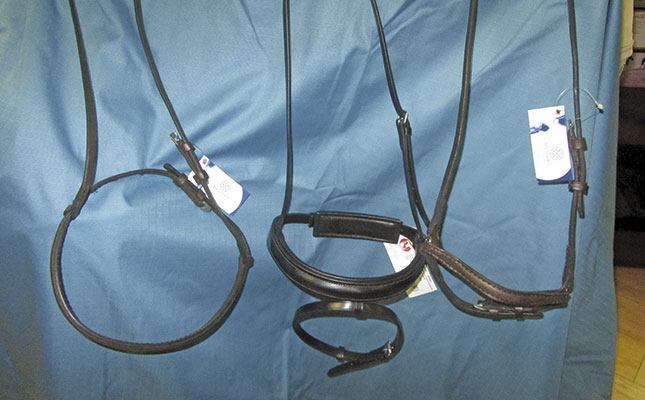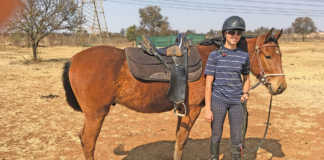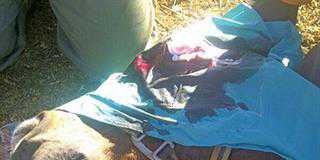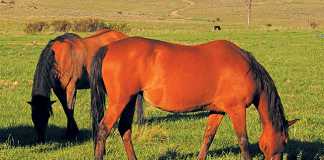
The noseband is an essential part of an English bridle. It provides pressure on the poll and nasal bones and prevents a horse from opening its mouth to evade the bit. The most common noseband is the cavesson. It can be used with a snaffle or Pelham bit.
Western bridles do not have nosebands, but a cavesson can serve as a training aid to prevent a Western horse from getting its tongue over the bit. A cavesson must be correctly fitted to function efficiently. It must be loose enough around the jaw so that the horse can open its teeth slightly. Usually, it’s adjusted so that you can insert two fingers between the noseband and the jaw.
The nasal bones are sensitive and the slight pressure of the noseband encourages a horse to keep its mouth closed. Be warned, though: research shows that excessive tightening is cruel, especially if the noseband is fitted too low. It should be fitted two fingers below the cheekbone.
Correct position
Aside from preventing the horse from opening its mouth, a cavesson holds its head in the correct position. It can be used without a bit, for instance during lunging. A lunging cavesson has a very broad, adjustable nosepiece. A lunge-line can be attached to rings at the top, sides or under the chin to encourage the horse to balance itself during exercise and build muscles at the walk, trot and canter.
When you ride a horse, the cavesson encourages it to accept the bit. It’s more comfortable for the horse if the bit does not move excessively in its mouth and the cavesson stabilises the bit in the correct position.
During early training, some horses learn to get their tongues over the bit. This is not only unsightly, but can be dangerous, as the rider has little control if the horse decides to bolt. The cavesson gently discourages this bad habit. In addition, it encourages the young horse to relax and bring its head into the correct position. This translates into a rounded appearance of the body needed to carry a rider and develop the back muscles.
For competitions
A cavesson noseband also prevents the horse ‘leaning on the bit’ and pulling against the rider’s hands. It allows the rider to control the horse effectively through pressure on both the poll and the nasal bones rather than using a more severe bit.
In dressage horses, a correctly fitted cavesson not only improves the look of the head, but assists in achieving the correct amount of collection for the level of the horse.
A survival mechanism, ‘collection’ occurs when a horse shifts more weight on the hind legs than the front legs. Think of an archer drawing on a bow, or a compressed spring. When the stored energy is released, the horse can suddenly run faster or jump higher.
The noseband is generally wider in a novice horse. In more advanced horses it’s thinner and merely complements the light use of the reins. For jumping and eventing horses, the cavesson can be modified to create a flash noseband. Here, an extra leather strap is fitted through a loop on the noseband and goes from the top on the nasal bone to under the chin. It lies in front of the bit and its main function is to prevent the lower jaw moving sideways.
The flash noseband was allegedly named after King George III’s horse Bold Flash and was invented by a stable hand to increase the king’s control over his mount.Cavesson (or caveson) comes from an Italian word meaning ‘halter’.













